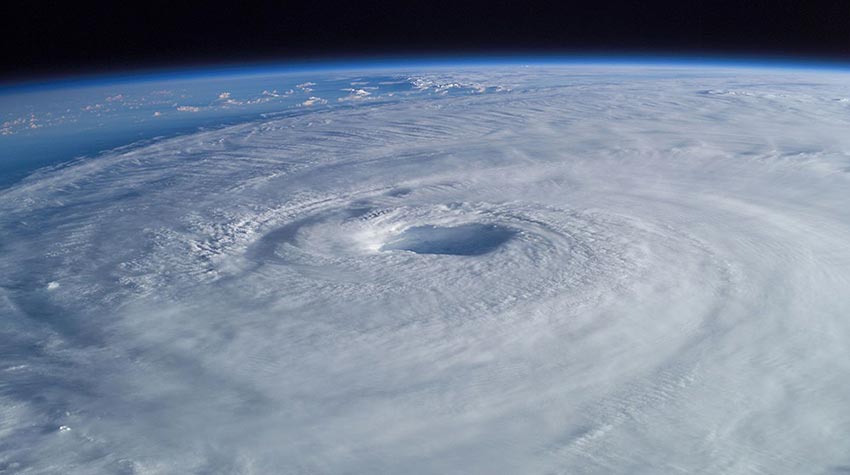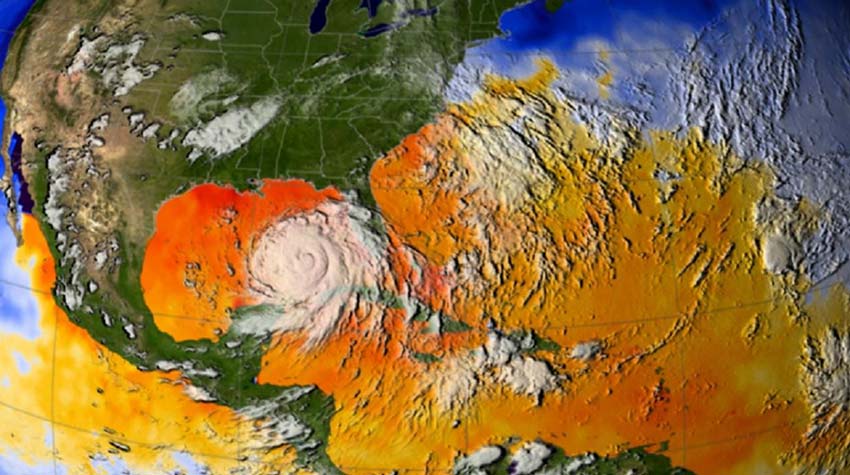FAQs about Hurricanes

12. How are the names of the hurricanes chosen?
At the beginning of the 19th century hurricanes were named according to the saints’ day, the day when the hurricane manifested its greatest devastation. At the end of the 19th century, the Australian meteorologist Clement Wragge baptized for the first time one of these storms with a female name, although retaining only biblical names. In 1953, in the United States they decided to choose any name, but always as a woman. In 1979, the World Meteorological Organization and the Meteorological Service of the United States, to avoid problems with feminists, decided to alternate female and male names and thus ended the sexist polemic. Since then every year a list is prepared, which is repeated every 6 years, in alphabetical order, starting again with the “A” every year. So, we could have: Alex, Betty, Charles, Daniella, Eduard, etc. Finally, there is an agreement to exclude the names of catastrophic cyclones, which have caused great mortality and devastation.
FAQs about Hurricanes
1. What are tropical cyclones?
2. What is a tropical depression?
3. What is a tropical storm?
4. What is a hurricane?
5. How do hurricanes form?
6. Is there any relationship between global warming and hurricanes?
7. What is the difference between a hurricane and a typhoon?
8. What changes in hurricane activity are expected by the end of the 21st century?
9. How are hurricanes measured?
10. What is the Saffir-Simpson scale?
11. What are the five categories of hurricane intensity?
12. How are the names of the hurricanes chosen?
13. What have been the most devastating hurricanes?
14. What is the origin of the word “hurricane”?
15. What is the first story of a hurricane?
Other sections of Hurricanes
Article
What are hurricanes and how do they relate to global warming
There are mixed views on the relationship between global warming and hurricanes. So far, no evidence has been found to support this relationship. Whenever there is an extraordinary phenomenon that is supposed to be related to climate change, a precedent occurs, often 50, 100 or more years ago, when global warming, the main factor in climate change, was not a issue. However, with the recent Hurricane Irma (Sep-2017), there was a fact that had never happened. For the first time a cyclone acquired category 5 in the Atlantic Ocean, before reaching the Caribbean…
Magazine
Hurricanes, winds that cause great damage
A hurricane is a cyclone of great force that forms a whirlwind and turns in large circles. For a cyclone to be classified as a hurricane it must at least have a rotation speed of 119 km / h or 74 mps. A hurricane usually originates in the tropics and since its formation, in most cases, begins to expand its diameter and speed. Hurricanes are classified according to the Saffir Simpson wind scale, in five categories, mainly according to their speed…
You can also see it in…
Infographics

Photo Gallery.

Video Gallery



